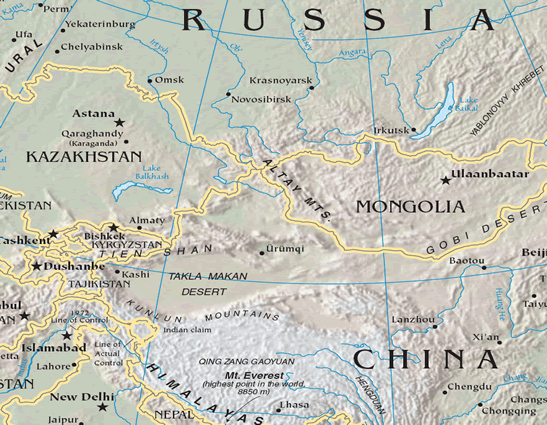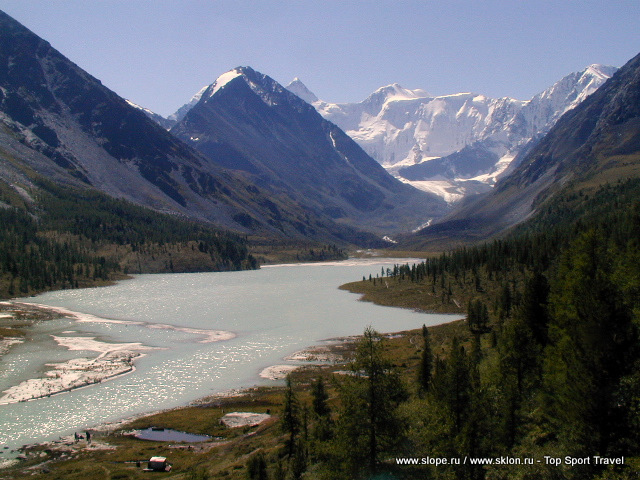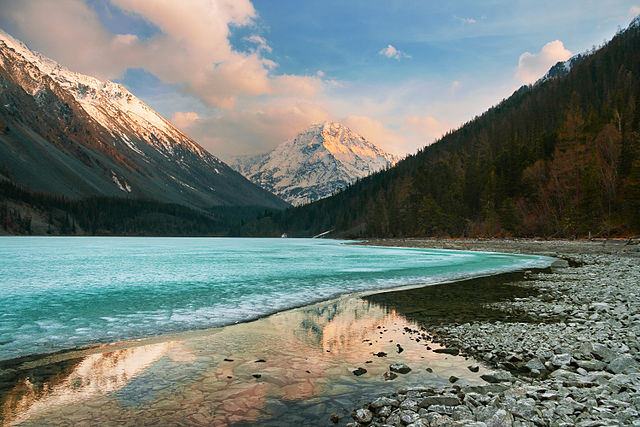by David Parmer/Tokyo

These days we often focus on the destruction going on around planet Earth and we seem to forget that which is being preserved. Naturally, destruction makes a better and more dramatic news story, while preservation is somewhat tame by comparison. A story of wonderful preservation that needs to be told is the designation of the Altai (Altay) mountain range in western Asia as a UNESCO World Heritage Site, which began on the Russian side in 1998.
The Altai Mountains extend from northwest to southeast. They are 1650 km long and 130-200 km wide and abut on four countries: Russia, China Kazakhstan and Mongolia. They are the source of the Irtysh and Ob rivers and home to many spectacularly beautiful lakes. The highest mountain, Youyi tops out at 4,374m.
Rugged beauty and breath-taking scenery, while certainly important weren’t, the main reasons that UNESCO chose the Altai as a World-Heritage Site. No, what makes the Altai unique and well-worth preserving are its unique flora and fauna–plants and animals found nowhere else on Earth.
The Altai have mixed vegetation zones that include:
- Steppe
- Forest steppe
- Mixed forest
- Subalpine vegetation
- Alpine vegetation
- Glaciers
- Wetlands
Because the Altai have had a stable climate since the Ice Age, the area still contains Ice Age fauna including:
- Siberian ibex
- Deer
- Boar
- Snow leopard
- Altai Argali
- Lynx
- Brown bear
UNESCO has already designated the Russian North Slope ecosystem as the Golden Mountains of Altai. This area includes the Altai and Katun Nature reserves, Lake Teletskoye, Mt. Beluka and the Ukok Plateau. On the Chinese side the Chinese National Nature Reserve and the Provincial Nature reserves have been UNESCO-nominated. Together the Russian and Chinese sections represent the north and south slope ecosystems of the Altai.

There is tourism in the Altai, particularly on the Russian side. However, travel there at present is for the hardy and fit. Mass tourism has yet to arrive, and there is no Altai Disneyland or theme parks.
But all is not well in paradise, as there is a standing plan to build a gas pipeline from southern Siberia to northwest China through Altai that would cross the Ukok Plateau, home of the endangered Snow Leopard.
So when would be a good time to visit these mountains? Probably as soon as possible, for even in a protected UNESCO designated area change is both inevitable and ongoing.
Would you like to visit this region? Give us your thoughts.
Photo: Lake Kucherla wikipedia
Map: Kazakhstan website
Photo: http://www.slope.ru/index.php/mountain-adventures/altai-mountains
 日本語
日本語 English
English 中国語
中国語